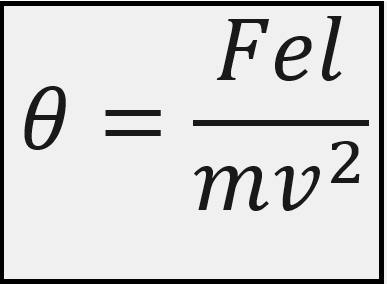J.J. Thomson | Pioneers of Electronics
 Wiki Public Domain | Sir Joseph John Thomson
Wiki Public Domain | Sir Joseph John ThomsonTL; DR
Joseph John Thomson, a physicist who won the 1906 Nobel Prize in Physics in recognition of the great merits of his theoretical and experimental investigations on the conduction of electricity by gases. This led to the discovery of the subatomic particle, electron.
His Early Life and Education
J.J. Thomson, which almost all students call him in his initials, was born on December 18, 1856 in Cheetham Hill, England, near Manchester. He is a son of a bookseller who wanted his son to be an engineer someday. Yet, Thomson couldn’t find an apprenticeship for his studies, so he was sent to Owens College when he was 14. Where he spent his time reading books. In 1876, age 20, he received a scholarship and went to Trinity College at Cambridge to study Mathematics.
After his graduation, Thomson worked in the Cavendish Laboratory where other famous scientists and physicists worked, namely Sir James Clark Maxwell and Ernest Rutherford. He was guided and tutored by Lord Rayleigh. He immediately earned membership in the prestigious Royal Society where Isaac Newton where one of the first members and soon served the society as president from 1915 to 1920. Due to his excellent works, he succeeded Rayleigh and became the new Cavendish professor of Experimental Physics at the young age of 28. All students even from other parts of the world respected and well-liked him, including his student Ernest Rutherford who will succeed Thomson’s position as Professor in Cavendish Laboratory.
About His Research
 By Tjlafave | The plum pudding model of the atom
By Tjlafave | The plum pudding model of the atomIn 1894, he started studying cathode ray tubes, in which glowing beams of light (electron beam) that follows an electric discharge in a high-vacuum tube. CRT’s where a hot topic in this time among other physicist in which cathode rays are very unclear in his timeline.
He developed better equipment and techniques that were ahead of his time. When he passed the beams through a vacuum tube, he was able to determine the angle at which they were deflected and computed the ratio of the electrical charge and the mass of the particles. He discovered that this ratio is always equal regardless of what type of gas is used. This led him to conclude that the particles that makes ups gasses are universal.

Thomson discovered that all matters are made up tiny particles that are much smaller than atoms in which called these particles as “corpuscles”, presently called electrons. This overturned the prevailing theory that an atom is the smallest particle in existence.
Later on, in 1906, he began studying positively charged ions, which are called positive rays. This led to one of his famous discoveries, where he channeled a stream of ionized neon (Ne) across a magnetic and electric field and used deflected it to measure the charge to mass ratio. Through this, he unraveled the fact behind neon atoms which composed of two different kinds of atoms which proved the existence of isotopes in a stable element. This discovery was the first use of mass spectrometry, an analytical technique that measures the mass-to-charge ratio of ions.
Love of His Life and Later years..
In 1890, he married Rose Paget, one of his students. He has two children, Joan and George Thomson who will later become a Physicist, and like his father, win a Nobel Prize of his own. J.J. Thomson was able to publish 12 books and more than 200 pages of scientific research paper in his lifetime. He was vested the title of knight in 1908 by King Edward VII. He departed his research studies in 1918 to become Master of Trinity College. He died on August 30, 1940 in Cambridge, buried near two other famous scientists: Isaac Newton and Charles Darwin in Westminster Abbey.
Source: J.J. Thomson Biography

